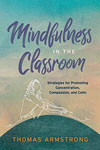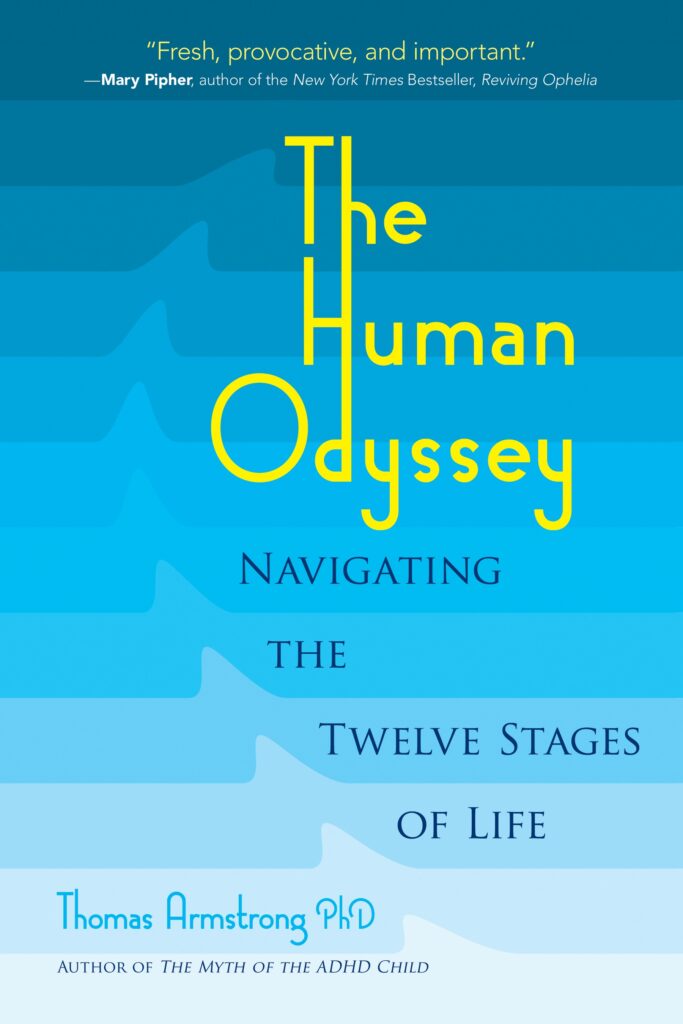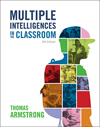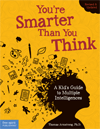 Curiosity is built into the human genome. It’s really a question of life or death. If we hadn’t been curious as a species, it’s likely that we would not have survived to pass along those curiosity genes. Curiosity endowed our ancestors with the ability to pay close attention to the environment, especially when it underwent significant change, and to be curious about developing unique solutions to help them adapt to those changes. We see this innate quality of curiosity in all babies, who are constantly curious about any new thing that comes their way.
Curiosity is built into the human genome. It’s really a question of life or death. If we hadn’t been curious as a species, it’s likely that we would not have survived to pass along those curiosity genes. Curiosity endowed our ancestors with the ability to pay close attention to the environment, especially when it underwent significant change, and to be curious about developing unique solutions to help them adapt to those changes. We see this innate quality of curiosity in all babies, who are constantly curious about any new thing that comes their way.
Most people will agree that curiosity is an important trait to possess, but what do we actually do about it? Not much. In fact, it seems that there are strong forces in our culture telling us not to be curious. We tell our kids not to stare at people or listen in on conversations. We tell them to take their hands off of things they encounter in daily life like toys in a store, or equipment stored in a school’s storage space. We don’t want students to ask questions that might take the class off of the instructional objective that is being taught at any given time.
In one important study on curiosity, researchers over a period of several months, went into classrooms from kindergarten to fifth grade looking for evidence of its existence. The key researcher Susan Engel wrote: ”We found almost no signs of curiosity in either age group, in any activity or part of the room. There was little exploration of objects, little exploratory gazing of any kind. But most remarkably, to us, children asked very few questions, except about rules or the social dynamics. Children wanted to know how long they had to finish a task, whether they could or could not use a certain toy, and where the line was for snack. They also asked one another questions about friendships and allegiances (Did Molly go with you to practice? Are you going to eat lunch with Jack?). They almost never asked another child, or the teacher, questions about anything they were studying or working with in the classroom.”
This is a tragedy of immense proportions. It was Einstein who said in an interview with Life magazine in 1955: ”The important thing is not to stop questioning. Curiosity has its own reason for existence. One cannot help but be in awe when he contemplates the mysteries of eternity, of life, of the marvelous structure of reality. It is enough if one tries merely to comprehend a little of this mystery each day. Never lose a holy curiosity.” So, what can we do in the classroom to reawaken curiosity in our students? Here are eight starting points:
- Become curious yourself as a teacher. Share the things you’re curious about with your students. Plan on one thing per day to share (”I wonder how many tree rings are in the largest tree in the world?”).
- Bring in artifacts that pique the curiosity of your students. If you found an unusual looking rock on a trip, bring it in and let students ask questions about it.
- Use the Internet as a ”curiosity machine.” Take time out on a regular basis to ask students about things that they’re curious about that you can look up together online. If someone had told you fifty years ago that every classroom would someday have a machine in it that could answer millions, and even billions of questions, they’d just shake their head and think you were crazy. We shouldn’t take our technological windfall for granted, but use it look up things that we’re curious about.
- Put a priority in class upon students’ asking probing questions about the material being studied. So much of the time, teachers are looking for answers from their students, but it’s really the questions they ask that serve to cultivate the mind and expand one’s passion for learning.
- Ask students directly about the things they are curious about. You might ask them to write down five things they are curious about (or even the one thing they are most curious about). Then, devote some time during class to finding out the answers to those curious thoughts (e.g. through class discussion, online research, reading, interviewing etc.).
- Have students create ”curiosity cabinets.” These Wunderkammer were displays kept by well-seasoned and well-to-do travelers in the 17th and 18th centuries in cabinets of all the strange and exotic things they found during their explorations. Students can use shoe boxes or other display formats to showcase unusual or fascinating things they’ve come across in their daily life.
- Have a ”show-and-tell” time at the beginning of class, where a student can bring in something that is out-of-the-ordinary and have their peers ask questions about. This needn’t only occur in the early grades, but should be a part of middle and high school classes (focused on the content of a course). So in history, a student can bring in something antique, in biology, an unusual plant or leaf, in language arts, an entry from the Guinness Book of Records).
- Listen for students’ spontaneous questions or interest that arises in the course of learning specific content in the class. Liz DesLauriers, a French teacher in St. Paul, Minnesota, says: “If a particular group seems curious about something I will change up my plan and tailor it to what they are interested in. For example, I have a group right now that seems particularly interested in the geography of France. It was only mentioned briefly in a lesson, but they showed curiosity and interest in it so I’m going to head in that direction. We are now making maps and discussing different cities and landmarks.”
Don’t let a day go by in your classroom, without piquing your students’ curiosity about something. The benefit that they get from that process may far outweigh the content that you’re actually teaching them.
For more information about curiosity, its role in brain development, and its application in schools around the country, see my book If Einstein Ran the Schools: Revitalizing U.S. Education
This article was brought to you by Thomas Armstrong, Ph.D. and www.institute4learning.com.
Follow me on Twitter: @Dr_Armstrong



















